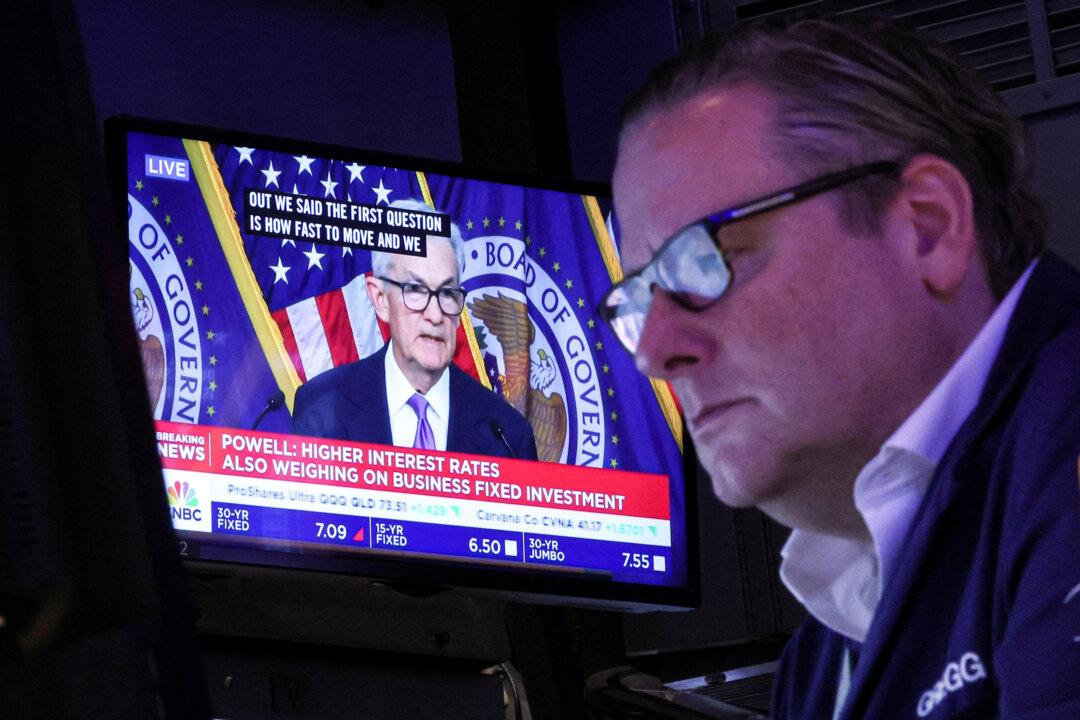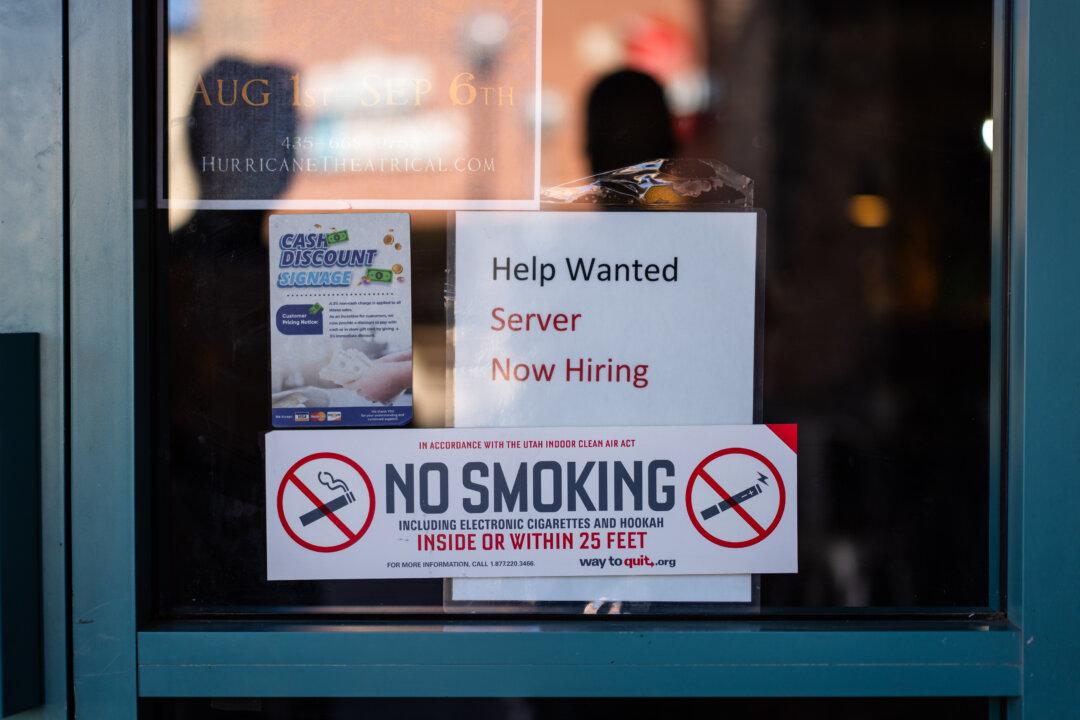While the U.S. stock market finished 2023 slightly lower, the leading benchmark indexes recorded massive gains to end the month, quarter, and year, reversing last year’s bear market. Investors are hoping to ring in the new year with the same performance as traders brace for the loosening of monetary conditions by the Federal Reserve.
Running of the Bulls
The Dow Jones Industrial Average slipped 0.05 percent to 37,689.54 during the Dec. 29 trading session, about 100 points shy of the all-time high recorded earlier this month. The index posted a 0.81 percent weekly increase, a 3.98 percent December gain, and a 13.7 percent rally for 2023.The Nasdaq Composite Index tumbled 0.56 percent to 15,011.35. The tech-heavy index still scored a weekly boost of 0.12 percent and a monthly jump of nearly 5 percent. The big story for the Nasdaq was the enormous 43.42 percent annual surge.





